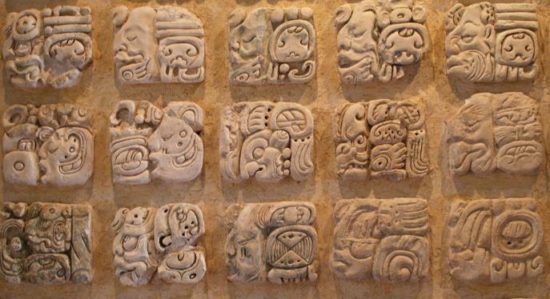Researchers from the National Institute of Anthropology and History of Mexico (INAH) have deciphered mysterious hieroglyphs on a ceramic vessel discovered during archeological excavations.
According to the INAH website, this is a vessel discovered by archaeologists as part of the Mayan Train research project. This train traveled through the Yucatan and made stops during which archaeologists excavated. The hieroglyphic vessel was discovered during archeological excavations near the town of Maxcanu. It was located in a building erected in the pre-Hispanic period. The artifact dates from the late classical period (600-800 AD).
The deciphering of the hieroglyphs made it possible to establish that the whole history fell into the hands of scientists. It is dedicated to Cholom – a historical figure. He belonged to the Mayan elite, his name has already been found on artifacts in the ancient city of Oxkintock. The 11 glyphs of the container’s cartouche are reported to indicate that Cholom held the position of sadjal or herald. This was a nobleman whose job it was to make the ruler’s orders public. “Sajal is the one who transmits,” said co-author of the study, archaeologist Ileana Ancona Aragon. Scientists have not yet established what function the vessel itself performed, as well as the plate found “complete” with it. By the way, another vessel is kept in the Yucatan Regional Museum of Anthropology in Merida, which also contains a glyphosate of Choloma. In this case, he was identified as a uylul, that is, a “listener.”












